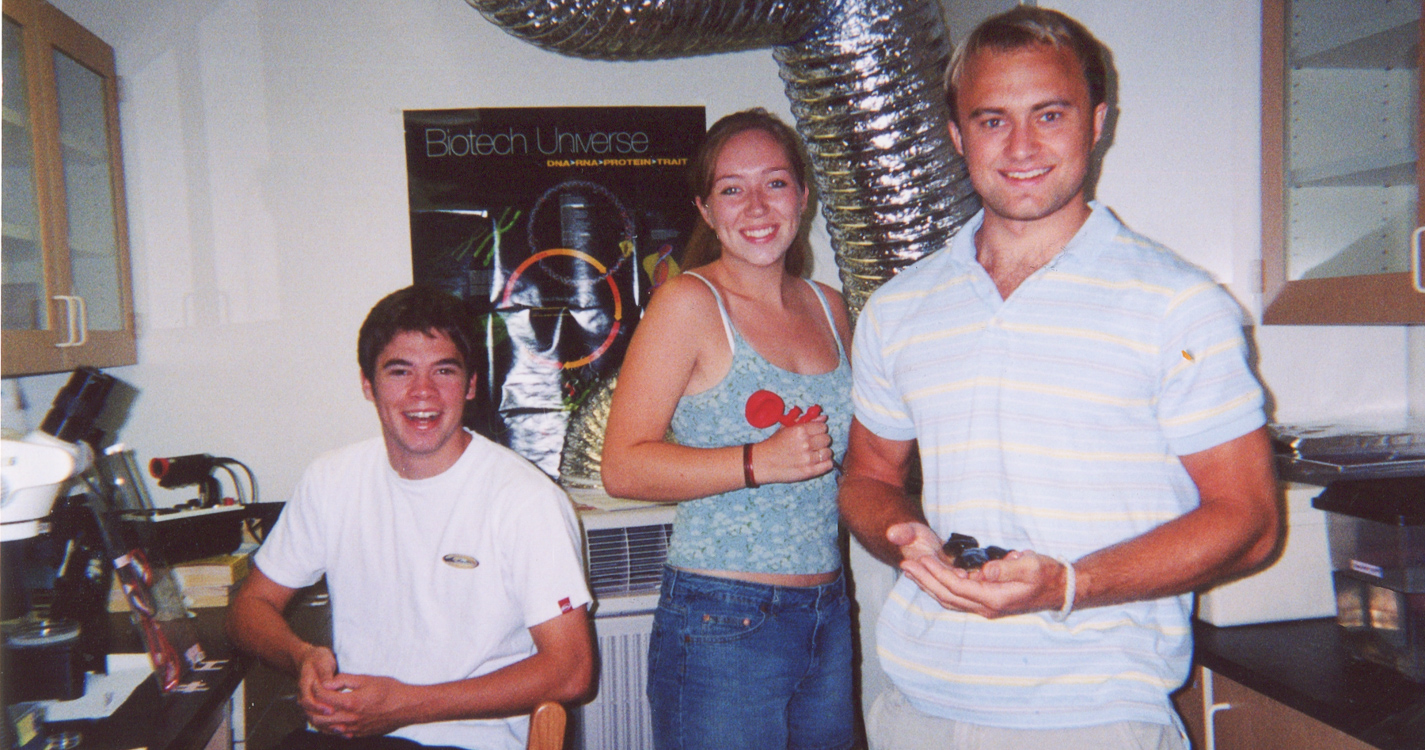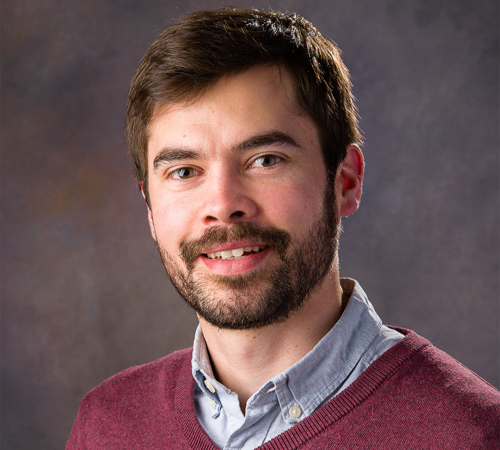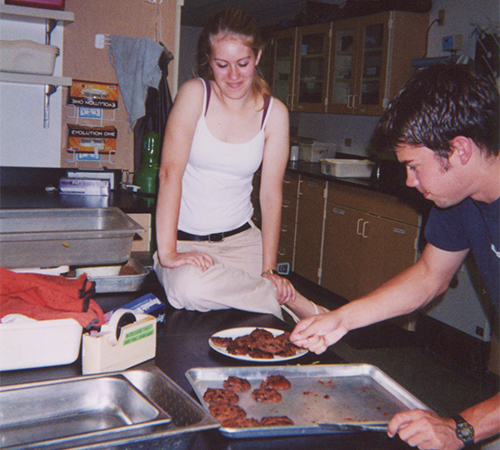As the head of the National Cancer Institute’s Antiviral Immunity and Resistance Section, Alex Compton ’06 leads a team of researchers who study HIV and emerging viruses.
“There’s something fascinating and terrifying about pathogens,” said Compton, who was bitten by the research bug as a first-year student in a class taught by Sharon Rose, biology professor emerita. “It’s mind-altering to see the type of devastation they cause. I realized in Professor Rose’s class that I wanted to understand how and why this happens — why does a cold virus cause mild symptoms while a hemorrhagic fever virus might kill you?”
Unsure whether he wanted to treat diseases as a doctor or to study pathogens in a lab, Compton applied for a research position through the Science Collaborative Research Program, a competitive summer experience that pays students to work directly with faculty members.
“I usually didn’t take first-year students in SCRP,” said Barbara Stebbins-Boaz, biology professor emerita. “But Alex was a sophisticated writer and very thoughtful, so I thought I’d take a chance.”
It paid off for both.
Stebbins-Boaz and a group of Willamette student researchers published a paper about an herbicide’s effect on frog egg cells, ultimately earning Compton his first academic publication.
“That first lab experience was eye-opening,” said Compton. “It was more than a foundation for my current research, I enjoyed the process — the type of thinking I learned in the lab.”
It led him to apply at the National Institutes of Health after graduating. “My previous research experience was important and seen as a positive,” said Compton, who landed a position studying viruses with NIH.
Compton took more than lab methods from his time at Willamette. Though not required as a biology major, he took the entire organic chemistry series and served as a teaching assistant to Todd Silverstein, chemistry professor emeritus.
In Peter Wogan’s “Controversies and Issues in Cultural Anthropology” course, Compton remembers being particularly challenged by a writing assignment. “The topic I picked was probably not the wisest: ‘Why does body odor smell the way it does to us?’” Compton said. “The ‘C-’ may have been the worst grade I've ever gotten on a paper.”
“I’ve not read a lot of essays on body odor,” said Wogan, professor of anthropology. “The point of the assignment was to push students to come up with original insights from a human-centered perspective, so he took a biological question and ran with it; I love that he brought together hard science and qualitative research to answer his question.”
Compton continued with his postgraduate work in molecular biology and virology at the University of Washington in Seattle and with a fellowship at the Pasteur Institute in Paris. His doctoral research and current focus is on HIV — how it spreads at the cellular level and the evolution of the virus.
“While I remember moments in different disciplines that had a lasting effect on me, listening to Professor Craig explain natural selection was a definitive moment,” said Compton, who’d covered the subject in high school and earned an ‘A’ in the class. “I realized that I never understood it, and I learned how much it comes down to how the material is communicated.”
Communication is a focus of Willamette’s biology program and a lesson Compton has taken directly to his job at the National Cancer Institute in Maryland.
In addition to the copious reading and writing one would expect, visual communication is a growing part of Compton’s work. “We spend a huge amount of time on graphic design and visualization of data to present our research in the easiest to understand way,” said Compton.
His team’s work is replete with the types of graphs and charts he created in his first lab experience with Stebbins-Boaz, who took a chance on the quiet first-year student.
“Alex takes on the complexities of the immune system and viruses,” said Stebbins-Boaz, who’s thrilled for the success of her former student and intrigued by his work. “Pulling those fields together is the pinnacle of intellectual and research achievement.”
Learn More about the Department of BiologyApply to Willamette University




